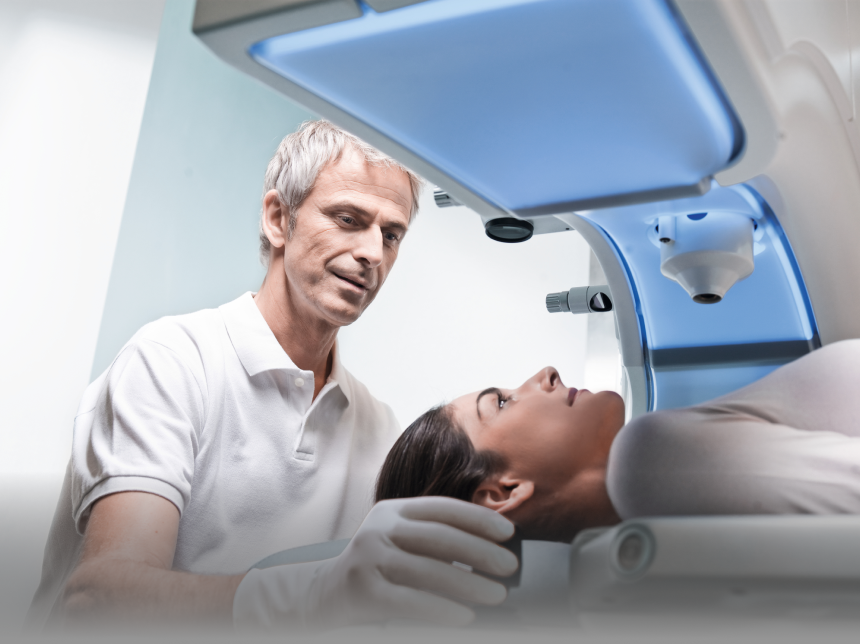Explore here to determine your Eligibility for the procedure
Struggling to see distant objects is a prevalent vision problem referred to as myopia or nearsightedness. Improve your vision with glasses or contact lenses, or consult your ophthalmologist to discuss whether SMILE could be a fitting treatment for you.

Struggling to see distant objects is a prevalent vision problem referred to as myopia or nearsightedness. Improve your vision with glasses or contact lenses, or consult your ophthalmologist to discuss whether SMILE could be a fitting treatment for you.

Struggling to see distant objects is a prevalent vision problem referred to as myopia or nearsightedness. Improve your vision with glasses or contact lenses, or consult your ophthalmologist to discuss whether SMILE could be a fitting treatment for you.

Struggling to see distant objects is a prevalent vision problem referred to as myopia or nearsightedness. Improve your vision with glasses or contact lenses, or consult your ophthalmologist to discuss whether SMILE could be a fitting treatment for you.

To explore the potential for laser eye correction, your doctor will evaluate if the procedure aligns with your requirements. If you are 18 years or older, maintain a stable prescription for at least two years, have sufficient corneal thickness, lack a history of eye disease, and are not currently pregnant or nursing, you may meet the criteria for laser eye correction.
SMILE laser eye correction is open to eligible individuals aged 18 and above, with no specified upper age limit, provided they meet the outlined general health criteria.
Laser eye surgery, including SMILE, has improved the vision of many individuals globally, including those in diverse professions such as first-responders, construction workers, professional drivers, photographers, athletes, and IT professionals. If you belong to any of these fields, consult with your doctor to investigate the suitability of laser eye surgery for you. It's crucial to undergo a personalized assessment by your doctor to ensure it aligns with your specific needs. While it's crucial to make an informed decision regarding potential side effects or consequences, the recovery process varies for each individual. In most cases, patients resume their regular activities quickly after the procedure.
For those with an on-the-go lifestyle, eyeglasses and contact lenses can often pose more hindrance than help. Dealing with glasses slipping during workouts or runs, removing lenses before swimming, and investing in prescription eyewear for each activity can become a hassle. SMILE seeks to minimize or eliminate your reliance on glasses or contact lenses, offering a more convenient solution.
You may be familiar with your current vision prescription from a previous eye exam or a prescription for eyeglasses or contact lenses. The SMILE procedure is applicable for individuals with eyesight falling within the following ranges:

Near-Sightedness
-0.5 to -10.00 Diopters

Astigmatism
0.0 to 5.00 Diopters

Combined Prescription
up to -12.50 Diopters

On average, the laser phase typically lasts 30 seconds or less. For the majority of individuals, once positioned on the treatment table, the entire process, inclusive of the extraction of the corneal tissue, generally spans 10 to 20 minutes. Preceding the procedure, the physician will apply numbing drops to your eye and may provide a mild sedative for relaxation during the process, ensuring your ease. Throughout the surgery, the SMILE laser system addresses your refractive error by modifying the corneal shape. This method transforms your cornea by generating a lenticule, a contact lens-shaped layer, which is then eliminated through a small opening.

Astigmatism is a prevalent condition, resulting in blurry vision that may induce headaches and eye strain. It frequently coexists with other vision issues like farsightedness or nearsightedness. Consult with your doctor to determine if SMILE is a suitable option for your situation.